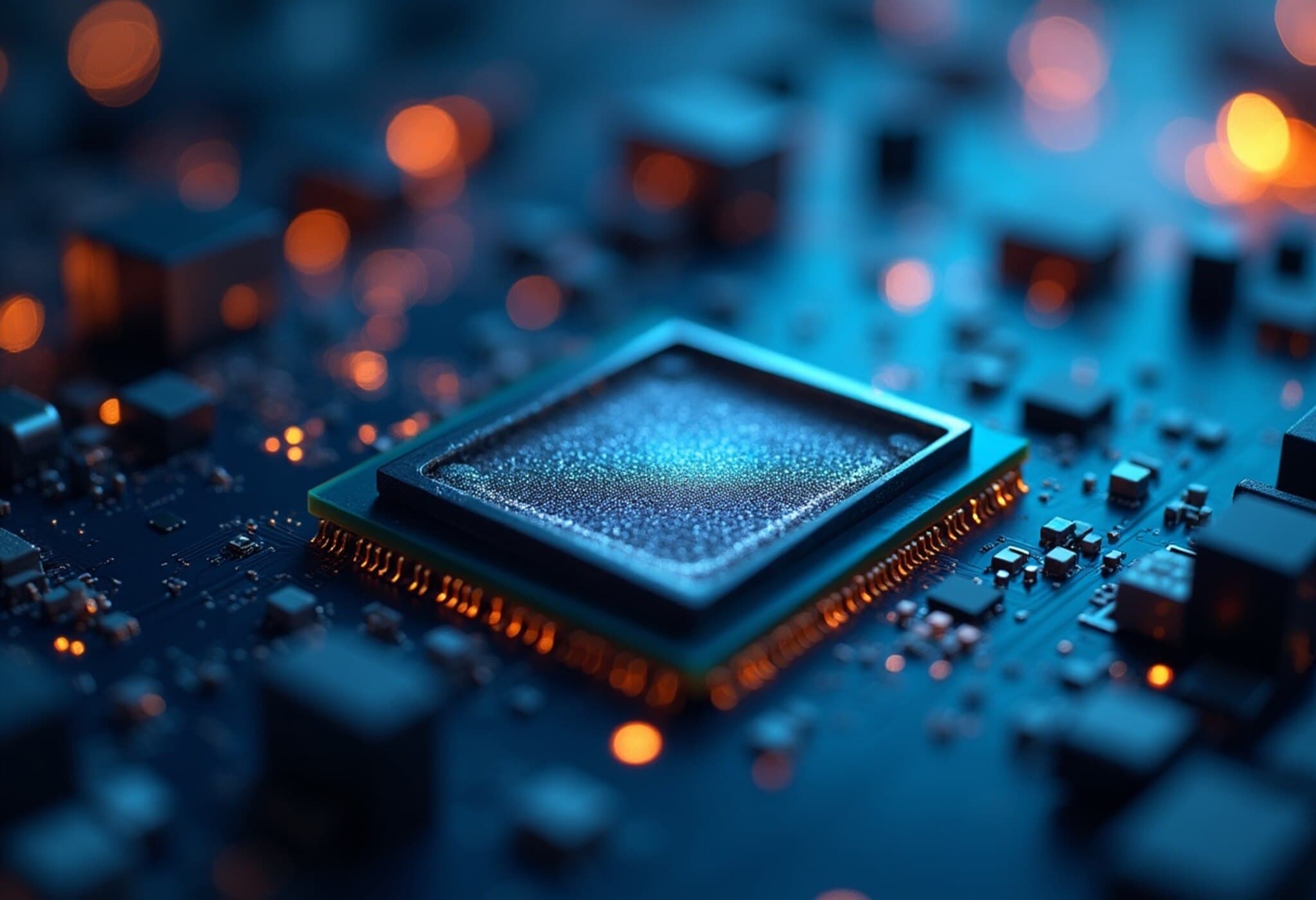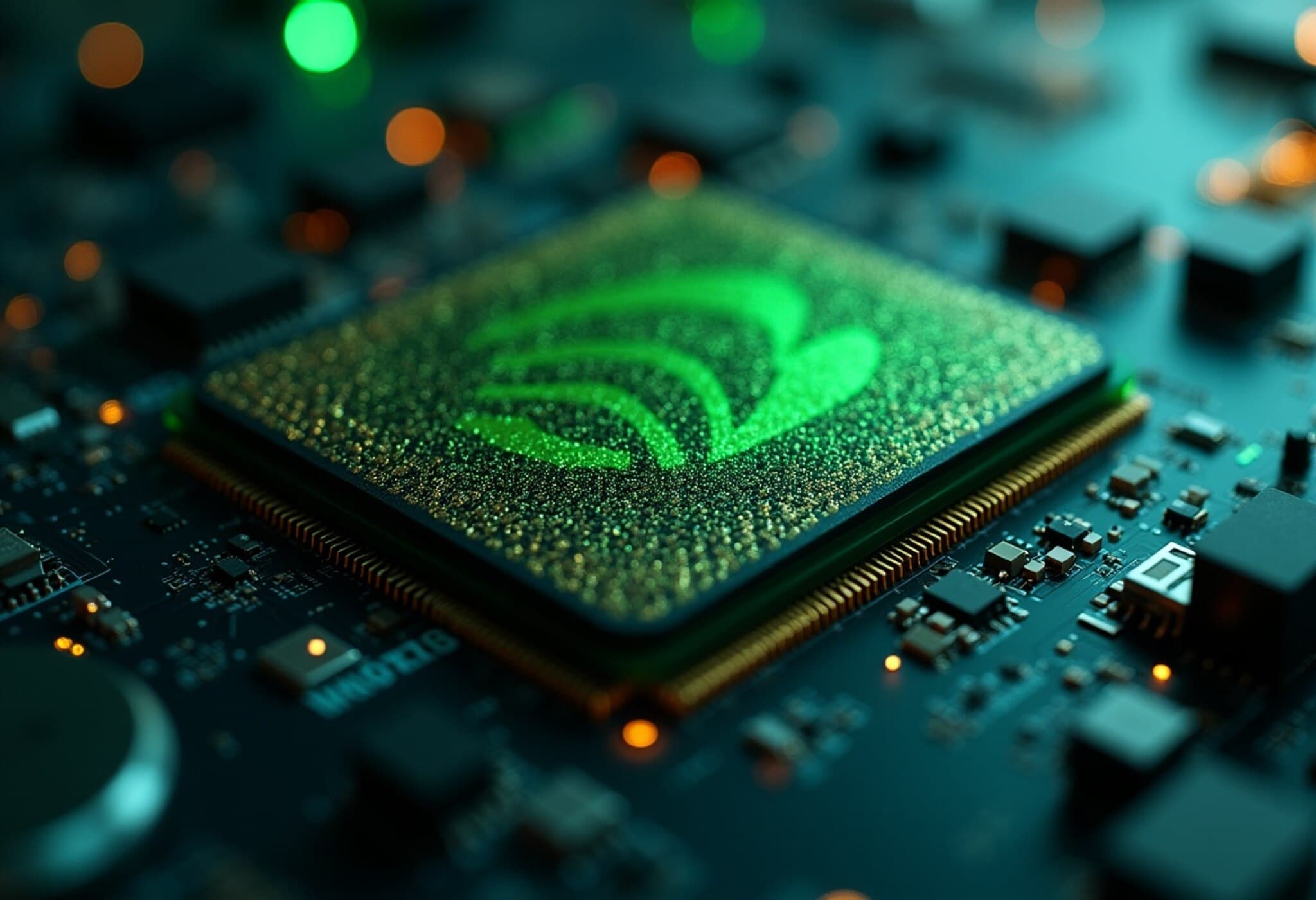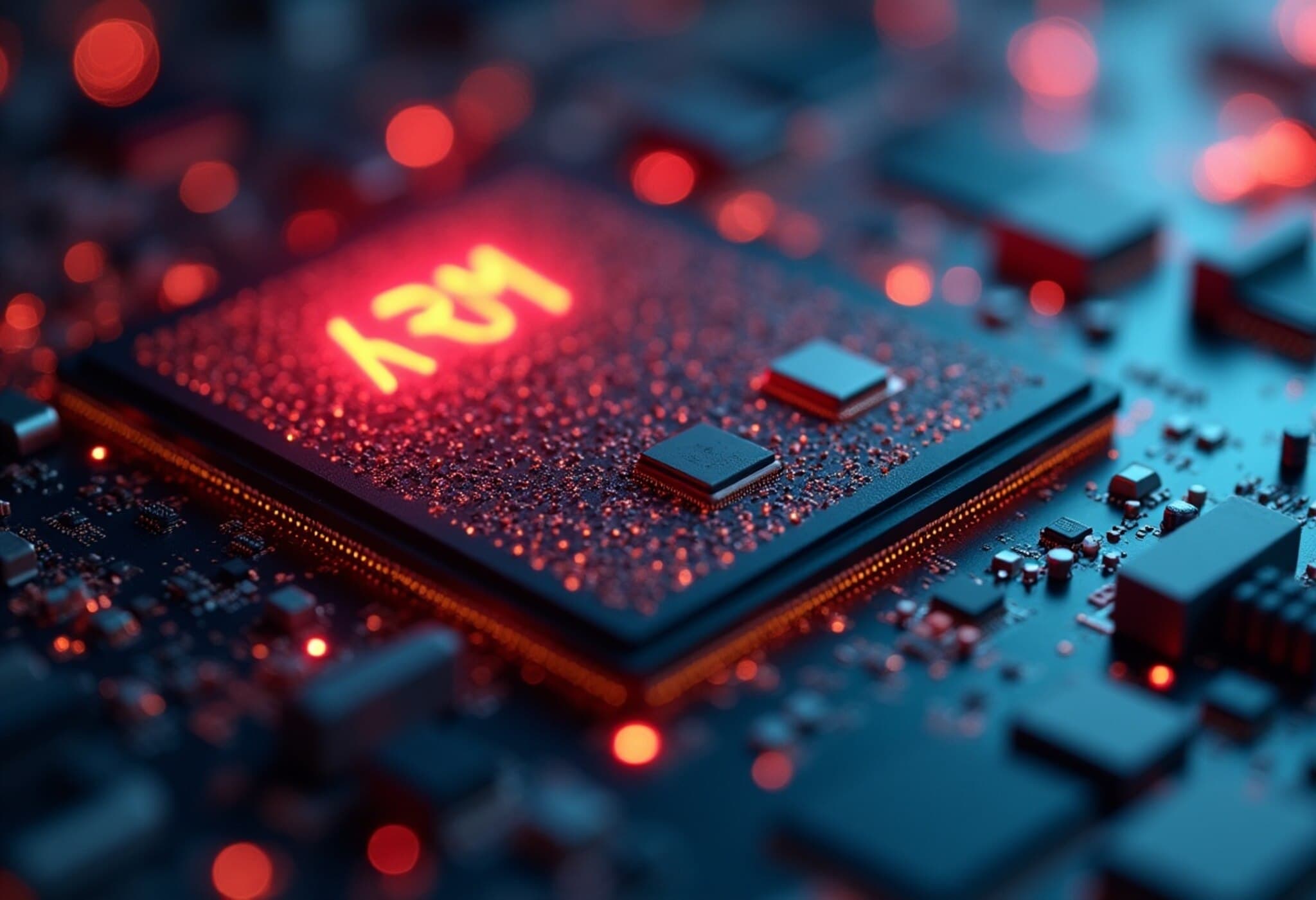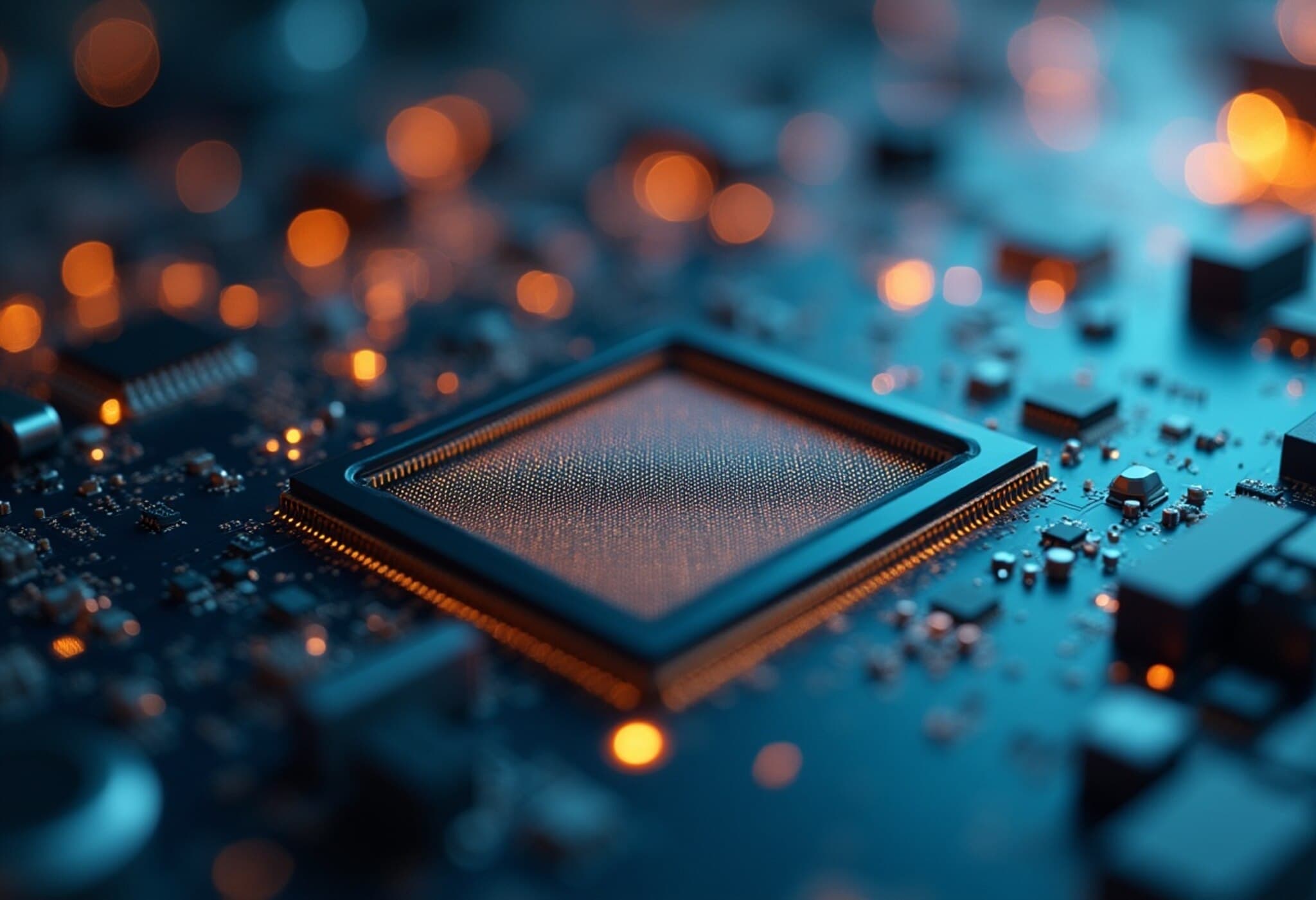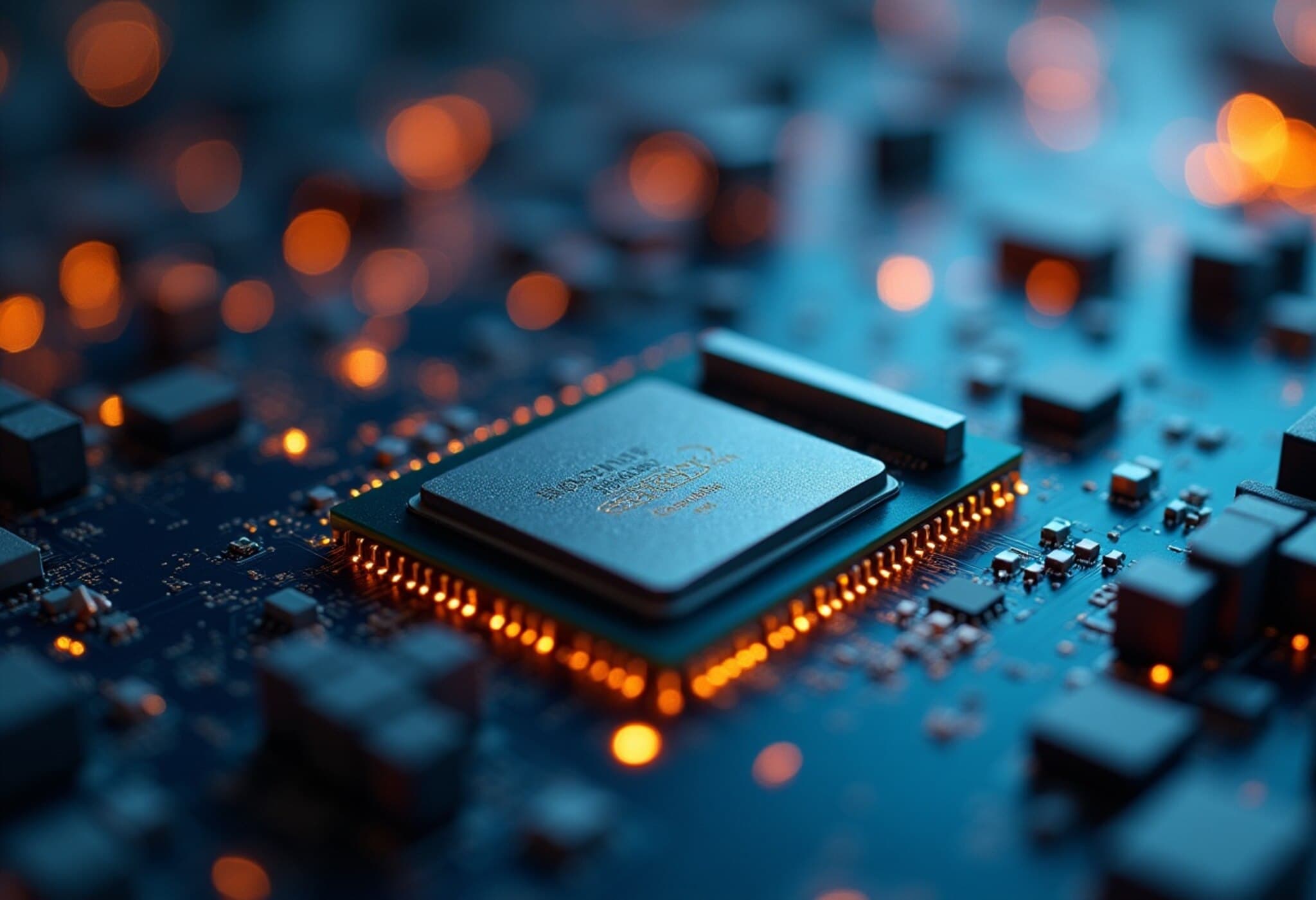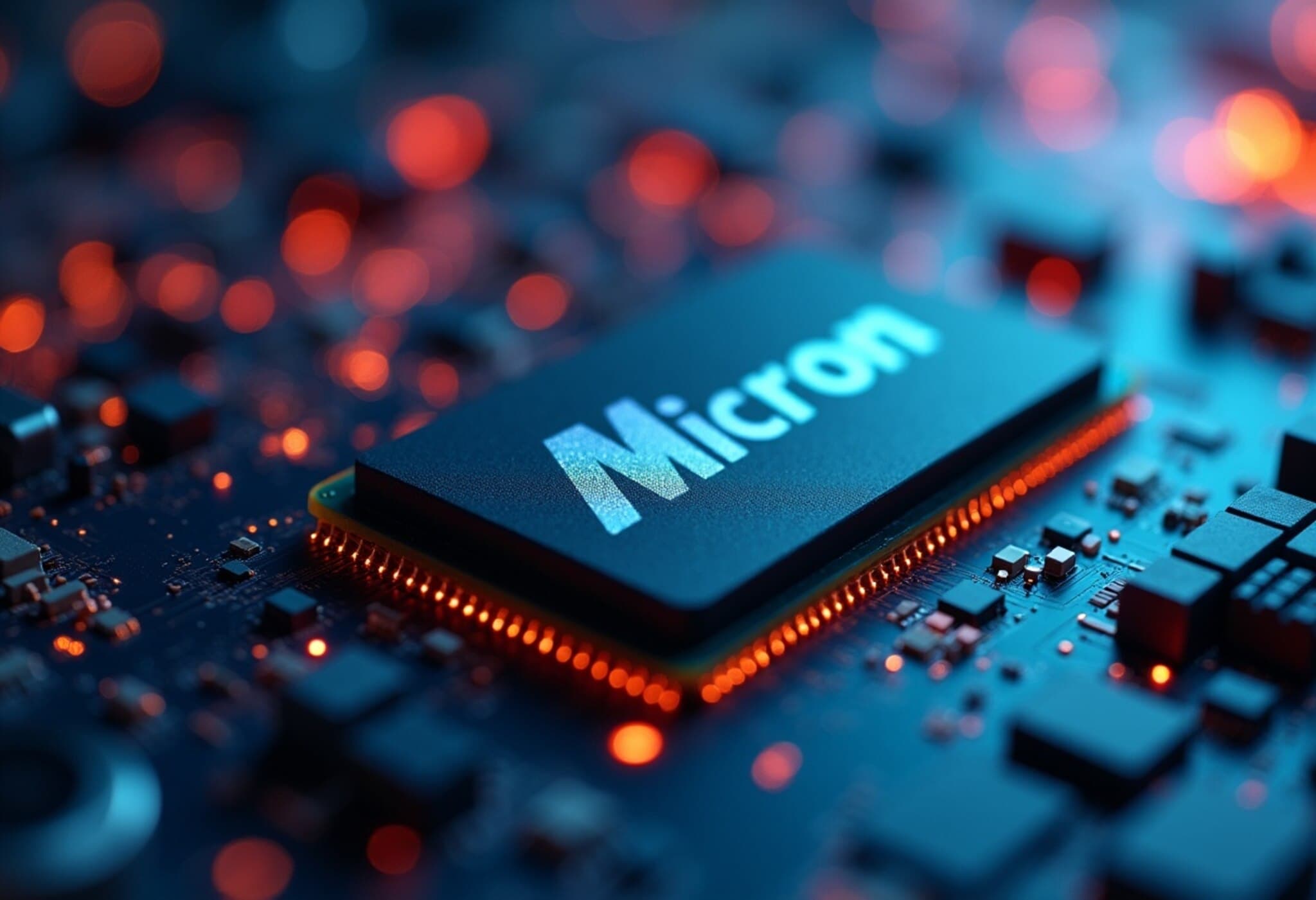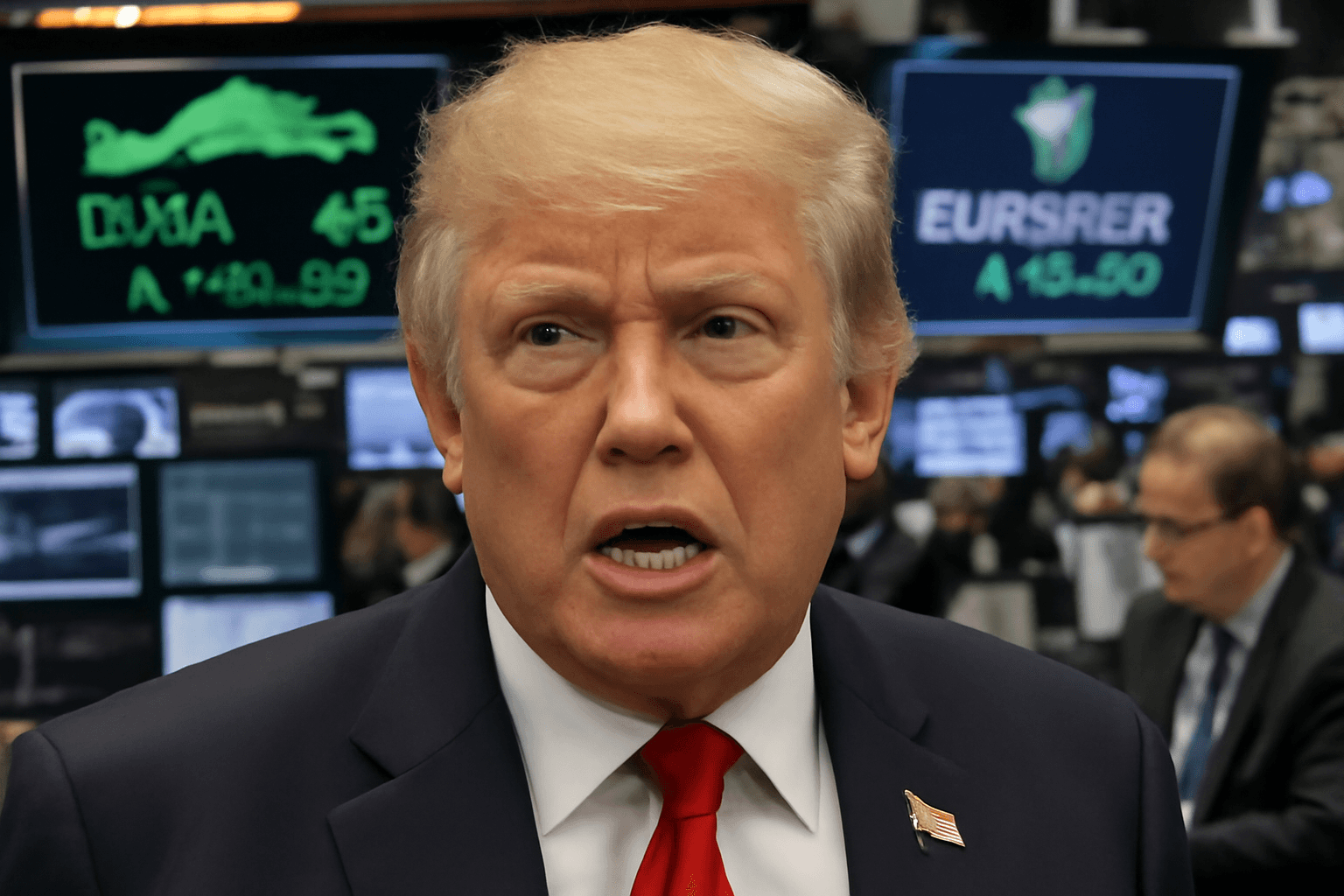Fitch Lowers Intel’s Credit Rating to BBB with Negative Outlook
On August 4, 2025, Fitch Ratings downgraded Intel Corporation’s credit rating from BBB+ to BBB, placing the semiconductor giant just two notches above junk status. This move underscores growing concerns about Intel’s ability to navigate intensifying market competition and demand pressures.
Mounting Pressure from Competitors and Market Dynamics
Headquartered in Santa Clara, California, Intel is grappling with significant challenges to maintain robust demand for its core products. Fitch specifically highlighted competitive threats from industry heavyweights such as ASML (Dutch semiconductor equipment manufacturer) and chipmaker rivals like Taiwan Semiconductor Manufacturing Company (TSMC) and AMD.
While Intel retains a strong foothold in traditional PCs and enterprise servers, Fitch warns that aggressive PC market competition is squeezing growth opportunities, necessitating strategic product rollouts and market expansion.
Financial Health and Execution Risks Under the Microscope
Fitch analysts emphasized that Intel’s credit metrics remain fragile and recovery will hinge on several factors over the next 12 to 14 months:
- Revitalizing end-market demand
- Successful launch and adoption of new products
- Significant reduction in net debt
Despite a solid market position relative to its equally rated peers, Intel’s financial structure is viewed as comparatively weak, with elevated execution risks that could hamper its turnaround efforts.
Intel’s Liquidity Position Provides Some Cushion
On the liquidity front, Fitch considers Intel’s profile healthy. As of June 28, 2025, Intel held approximately $21.2 billion in combined cash, cash equivalents, and short-term investments. Additionally, it maintains an accessible credit revolver of $7 billion and another undrawn $5 billion revolver due in January 2026. This financial flexibility offers a valuable buffer amid market uncertainties.
Broader Industry Context and Recent Credit Actions
Intel’s downgrade follows prior similar actions by other agencies: S&P Global downgraded Intel’s credit rating to BBB from BBB+ in December 2024, and Moody’s revised the rating on Intel’s senior unsecured debt a year earlier. These trends reflect growing skepticism about Intel’s capacity to sustain growth against a backdrop of fast-paced technological advancements and changing industry dynamics.
Expert Insight: Navigating a Fraught Semiconductor Landscape
The semiconductor industry today is marked by rapid innovation cycles and capital-intensive manufacturing processes. Intel’s recent struggles underscore a broader challenge faced by legacy chipmakers: how to adapt quickly to shifting demand while managing costly investments in next-generation technologies. For U.S. policymakers, Intel’s trajectory carries strategic weight given the ongoing geopolitical emphasis on domestic semiconductor production to safeguard supply chains.
From an investor perspective, the downgrade signals the necessity to closely monitor Intel’s debt management strategies and product performance amid fierce competition from TSMC’s advanced manufacturing and AMD’s chip designs.
Looking Ahead: Can Intel Rebound?
For Intel to reclaim its previous credit standing and market confidence, it must demonstrate tangible progress in ramping up PC shipments and implementing effective debt reduction. This will likely require bold innovation, operational discipline, and possibly recalibrated business strategies tailored to an evolving global chip market.
Editor’s Note
Intel’s credit downgrade is more than a numerical shift; it reflects pressing questions about the sustainability of legacy semiconductor giants in a fast-evolving landscape. How Intel balances innovation, financial prudence, and competitive pressure will offer critical lessons for the technology sector and economic policymakers alike. Stakeholders should watch for Intel’s upcoming quarterly results and strategic announcements as bellwethers of its turnaround prospects.

